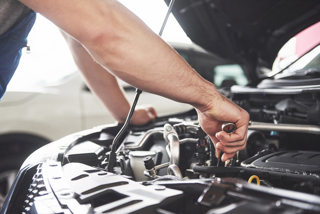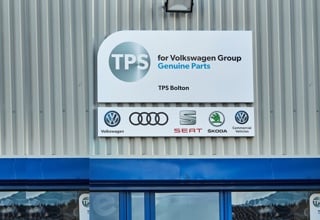Safety checks carried out by dealers when servicing cars and vans need to provide “more useful information” to fleets, according to fleet software specialist FleetCheck.
Peter Golding, managing director at FleetCheck, has called for more detail appraisals from retailers, stating that the current checks, which tend to use traffic light or estimated percentage wear indicators, are of limited practical use.
Golding said: “We are all familiar with the kind of one-sheet vehicle safety checks that are handed to you when you collect a vehicle after servicing, showing items such as tyre and brake pad wear.
“What is not well-known about these documents is that they actually have a legal significance. Health and Safety guidelines mean that any notification of a vehicle fault needs to be acknowledged and addressed by the fleet.
“However, the problem is – and we speak to fleets regularly who complain about this – that the information provided is of very limited value.
“Take brake pads, for example. The dealer may report to the customer that these are 70% worn but they give no indication to the fleet about when they are likely to actually to need replacing.
“They present the fleet with a Health and Safety problem but no solution.”
Golding called for dealers to team up with their manufacturer partners to offer “likely fail dates or mileages” based on their experience of the vehicles in question and, for the sake of safety, to use a worst case scenario when making their appraisal.
“I have owned and run dealerships myself, and had many conversations with dealers about this issue”, he said.
“This would be genuinely useful information for fleets and, of course, would be of advantage to the dealer, who is much more likely to capture the work that has been flagged up if there is a timescale indicated.
“This applies especially to jobs such as tyres and pads that many dealers tend to lose to fast-fits.”




















Gilberto - 08/03/2017 16:07
I do agree with Peter on this and the % worn figure has always been somewhat speculative and in the eye of the beholder etc...... It would be better to advise of mm left on the pad, but i know dealers and independents are generally reluctant to put a time period on it, as pads wear differently on some vehicles then others and it also depends on the style, so they just in the end suggest a regular check..... I can see both sides on this and of course brake were indicators should flag the need with enough time to rectify before they become a problem, albeit I appreciate these are not on all vehicles.